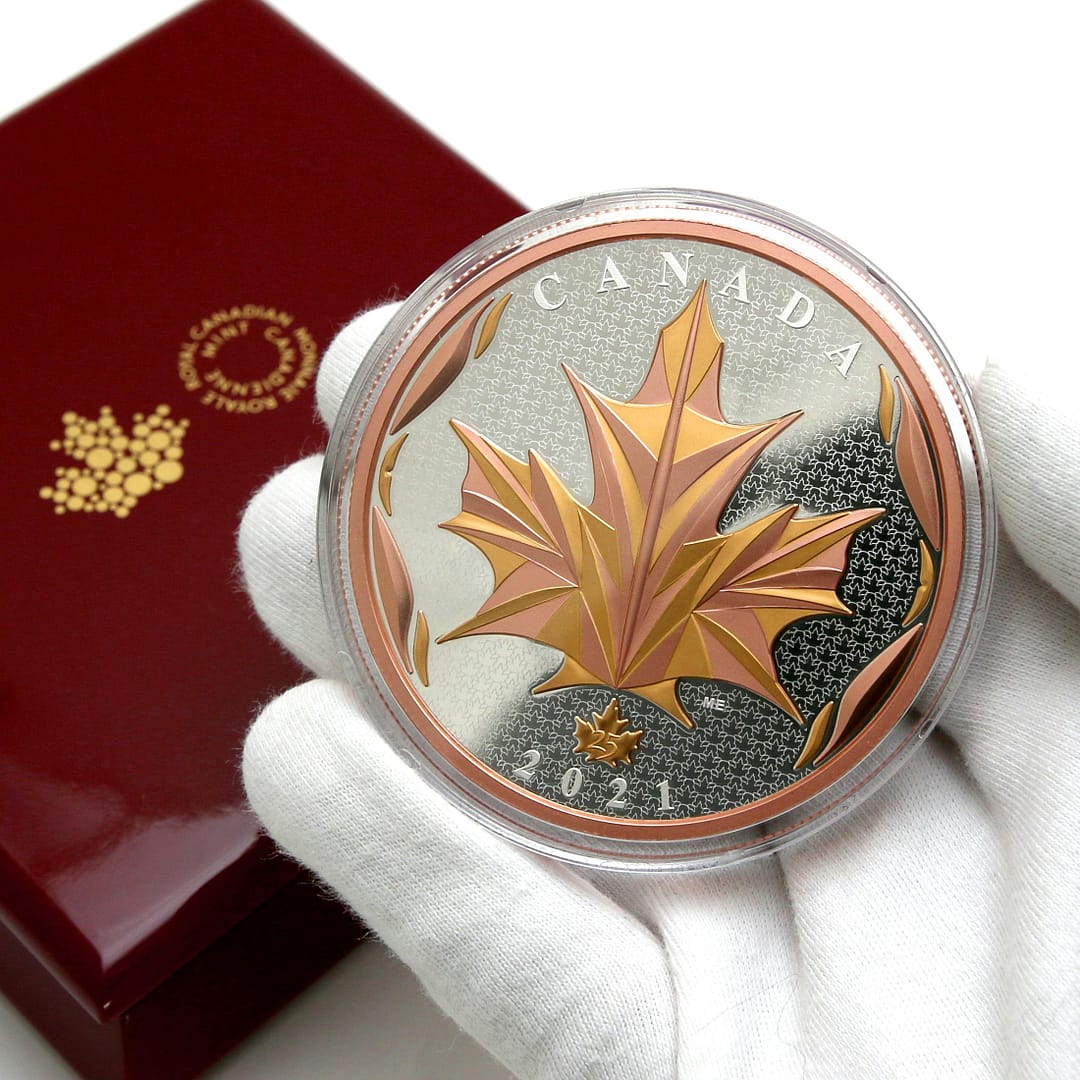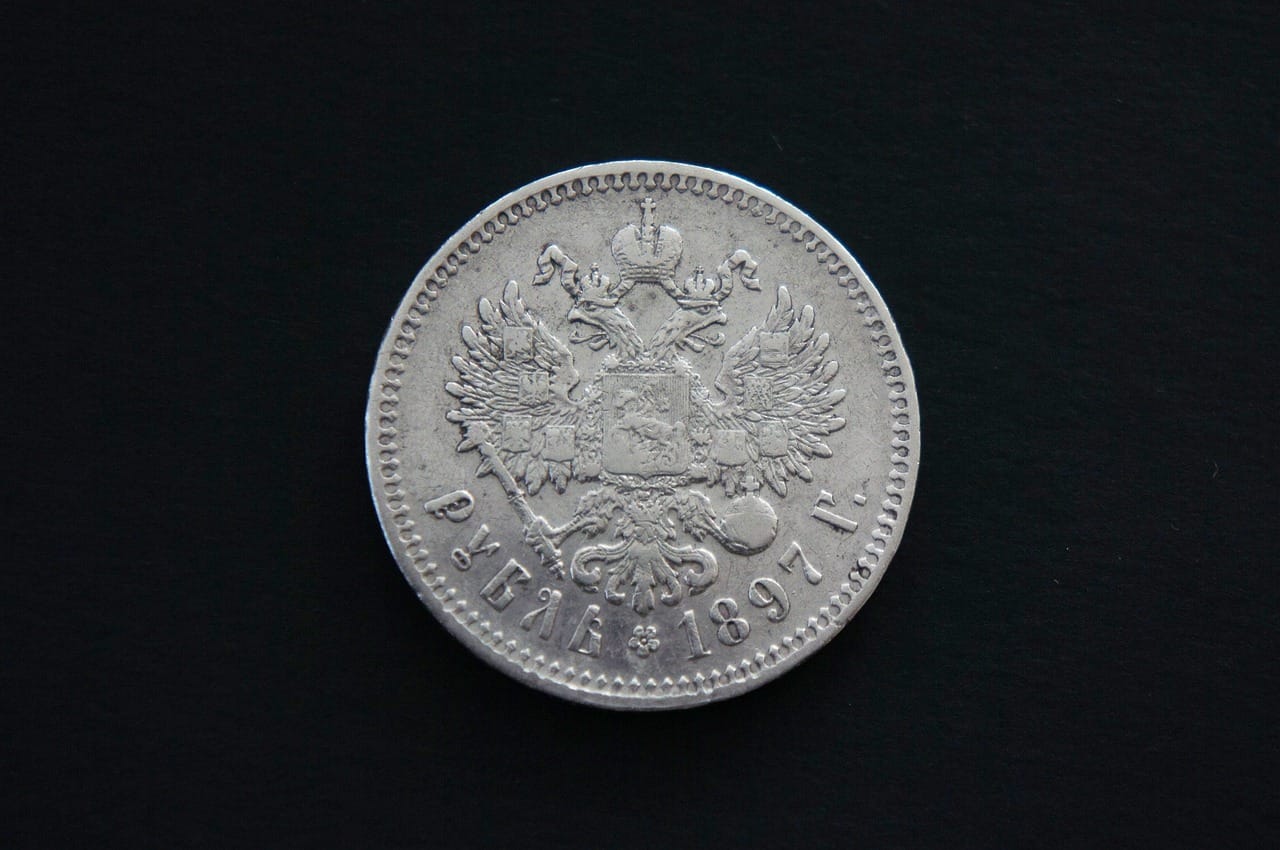The Silver Coin Circulation for Trade
From Mint to Market: Silver Coin Circulation

By: Silver Coin Surplus and Assessment on Silver Coin Circulation
Date: July 5, 2024
The Positive Economic Impact of Silver Coin Circulation
Silver coin circulation has long been a significant aspect of domestic and international trade, holding a pivotal role in shaping economic landscapes across the world. The positive economic impact of silver coin circulation is felt in various spheres, from local markets to global trade networks. This article explores the multifaceted benefits of silver coins in bolstering economies and facilitating trade.
Domestically, silver coin circulation serves as a driver for economic growth and stability. In many countries, silver historically has been a common medium of exchange in local markets and small-scale transactions. This widespread acceptance and usage have contributed to the fostering of vibrant and resilient local economies. Unlike paper currency, silver possess intrinsic value due to their metallic content, providing a sense of security and stability in transactions. This has proven especially crucial in regions where fiat currencies may be subject to instability or inflation.
Moreover, the circulation of pure .999+ silver fosters a sense of financial inclusion and accessibility. In many developing regions, access to formal financial institutions is limited, and a significant portion of the population relies on cash-based transactions. Pure silver, with its tangible value and durability, provides an avenue for people without access to traditional banking services to engage in economic activities. This inclusivity in financial transactions serves to empower local communities and contribute to overall economic development.
On an international level, silver coin circulation has historical significance in facilitating cross-border trade. Pure silver has been a favored commodity for trade across civilizations due to its inherent value and universal acceptance. The circulation of silver mint has played a pivotal role in fostering international trade networks and promoting economic exchange between nations. Throughout history, silver has facilitated the exchange of goods and services across diverse cultures, serving as a common medium of value that transcended geopolitical boundaries.
Furthermore, the circulation of silver mint has had a profound impact on monetary systems globally. Silver coins, often utilized as a standard for currency valuation, have influenced the development of modern monetary policies and systems. The historical significance of pure silver circulation in shaping monetary frameworks highlights its enduring impact on global economic structures.
In contemporary times, the circulation of silver mint continues to hold relevance in the realm of international trade. The enduring appeal of silver as a store of value and medium of exchange renders it a valuable asset in cross-border transactions. The intrinsic value of pure silver makes it a favorable means of conducting domestic and international trade, particularly in regions where the stability of fiat currencies may be a concern. Additionally, the use of silver mint in international trade serves to diversify currency options, offering resilience in the face of economic volatility.
In conclusion, silver coin circulation engenders a positive economic impact on both domestic and international trade. Its role in fostering local economic vibrancy, promoting financial inclusion, and facilitating cross-border trade underscores the enduring relevance of silver mint in shaping global economic systems. As a medium of exchange with inherent value, silver stands as a testament to the enduring influence of precious metals in the realm of commerce and trade.




Pingback: The Process of Silver Coin Circulation for International Trade - Silver Coin Surplus Wholesale Mint